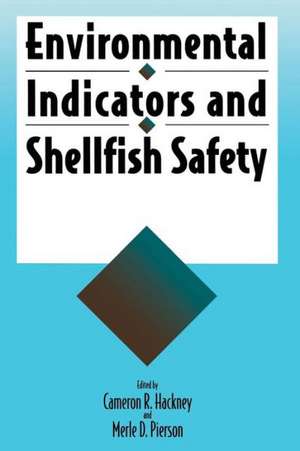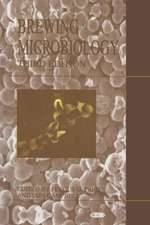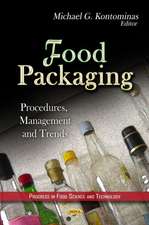Environmental Indicators and Shellfish Safety
Autor Cameron R. Hackney, Merle D. Piersonen Limba Engleză Paperback – 21 oct 2012
Preț: 578.61 lei
Preț vechi: 723.26 lei
-20% Nou
Puncte Express: 868
Preț estimativ în valută:
110.75€ • 120.34$ • 93.09£
110.75€ • 120.34$ • 93.09£
Carte tipărită la comandă
Livrare economică 16-22 aprilie
Preluare comenzi: 021 569.72.76
Specificații
ISBN-13: 9781461358435
ISBN-10: 1461358434
Pagini: 523
Ilustrații: IX, 523 p.
Dimensiuni: 152 x 229 x 27 mm
Greutate: 0.71 kg
Ediția:1994
Editura: Springer Us
Colecția Springer
Locul publicării:New York, NY, United States
ISBN-10: 1461358434
Pagini: 523
Ilustrații: IX, 523 p.
Dimensiuni: 152 x 229 x 27 mm
Greutate: 0.71 kg
Ediția:1994
Editura: Springer Us
Colecția Springer
Locul publicării:New York, NY, United States
Public țintă
ResearchCuprins
1 Historical Overview.- 2 Microbial and Chemical Indicators.- 3 Human Enteric Pathogenic Viruses.- 4 Human-Associated Bacterial Pathogens.- 5 Animal- and Terrestrial-Associated Bacterial Pathogens.- 6 Association of Vibrionaceae, Natural Toxins and Parasites with Fecal Indicators.- 7 Methods to Recover Injured Indicators and Pathogens.- 8 Rapid Methods for the Detection and Enumeration of Indicators.- 9 Detection of Noncultural Indicators and Pathogens.- 10 Changes in Indicator and Pathogen Populations During Handling of Shellstock.- 11 Changes in Indicator and Pathogen Populations During Processing and Handling of Shucked Shellfish.- 12 Sanitary Surveys of Growing Waters.- 13 Depuration and Relaying of Molluscan Shellfish.- 14 Using Indicator Information for Managing Risks.- 15 Epidemiologic Studies.- 16 Statistical Sampling of Growing Waters and Shellfish Meat.- References.










